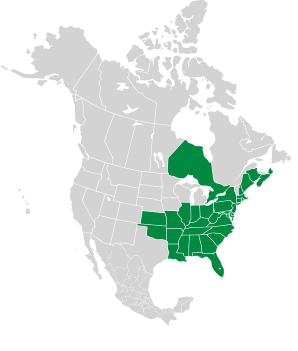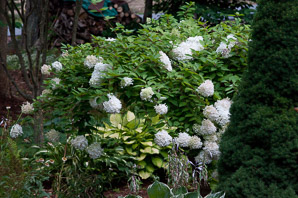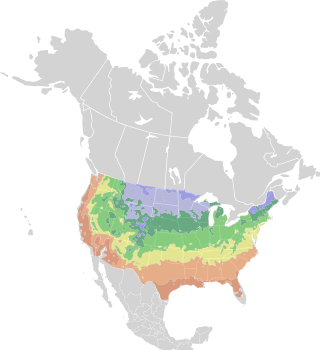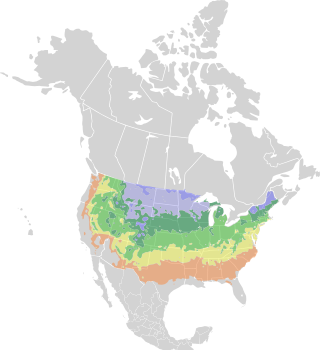
|
Hydrangea L.
Hydrangeas are hardy shrubs or sometimes small trees that are native to many areas of the world. Their large, copious, beautiful flowerheads make them popular for foundation plantings, and many cultivated varieties exist. Hydrangea macrophylla flowers have a pigment whose color depends on soil acidity, may be white, blue, purple, or pink. Online References:
The United States National Arboretum The American Hydrangea Society The University of Rhode Island Landscape Horticulture Program GreenShare Factsheets |
(Hydrangea) · 8/8/2010 · Rod and Ellen’s, Westford, Massachusetts |
|||||||||||||||||||||||||
|
Here are a few of the many varieties of hydrangeas: | ||||||||||||||||||||||||||
Hydrangea arborescens ‘Annabelle’ |
Hydrangea arborescens ‘Dardom’ |
Hydrangea paniculata ‘Grandiflora’ |
||||||||||||||||||||||||
|---|---|---|---|---|---|---|---|---|---|---|---|---|---|---|---|---|---|---|---|---|---|---|---|---|---|---|
| Common Name |  |
 |
 |
|||||||||||||||||||||||
| Plant | Shrubs that reach 3-5′ (91-152 cm) in height. | Shrubs are 3-5′ (91-152 cm) high. | These shrubs reach heights of 15-25′ (4.6-7.6 m), and somewhat less in diameter, often taking the form of a small tree. | |||||||||||||||||||||||
| Flowers | Large white flowerheads up to 8-12″ (20-30 cm) across. | Dome-shaped corymbs 6-10″ (15-25 cm) around contain both sterile and mostly fertile flowers. | White or pink, more cone-shaped than ball-shaped, in clusters up to 10″ (25 cm) long and 8″ (20 cm) around. They bloom from July to September. | |||||||||||||||||||||||
| Leaves | Dark green, wrinkled, 8-12″ (20-30 cm) across. | Elliptical, serrated, 3-8″ (7.6-20 cm) long, and dark green. | Opposite, roughly oval shaped, with serrated edges, 2-5″ (5-12 cm) long. | |||||||||||||||||||||||
| Fruit | ||||||||||||||||||||||||||
| Range/ Zones |
|
|
|
|||||||||||||||||||||||
| Habitats | Wooded slopes, bases of hills, shaded banks, ravines | |||||||||||||||||||||||||
| Type | Cultivar | Cultivar | Cultivar | |||||||||||||||||||||||
Hydrangea paniculata ‘Kyushu’
Hydrangea quercifolia


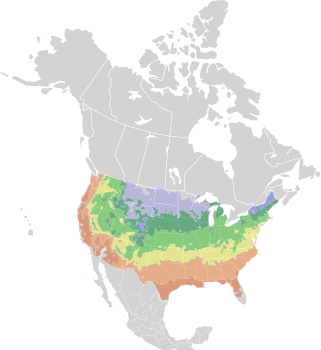
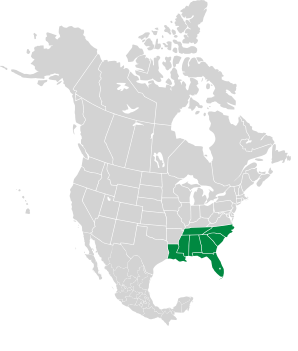
Hydrangea description by Thomas H. Kent, last updated 16 Sep 2020.
© FloraFinder.org. All rights reserved.
Range:
